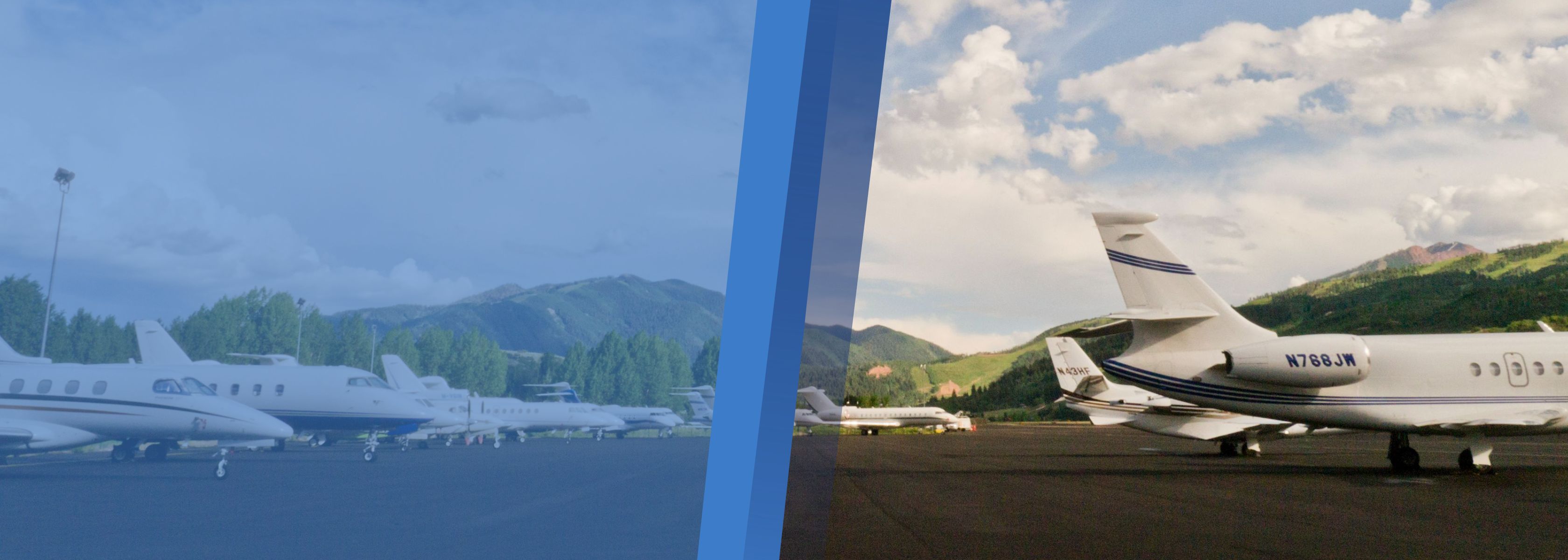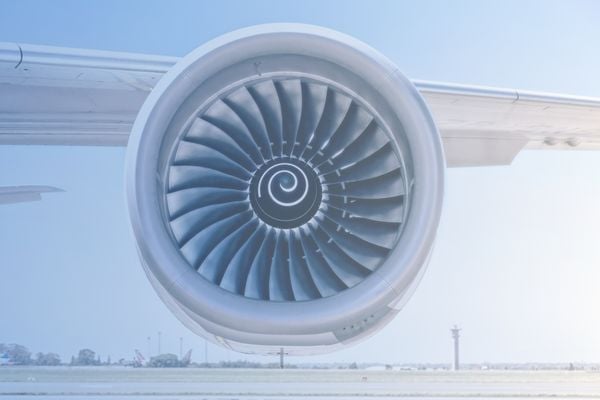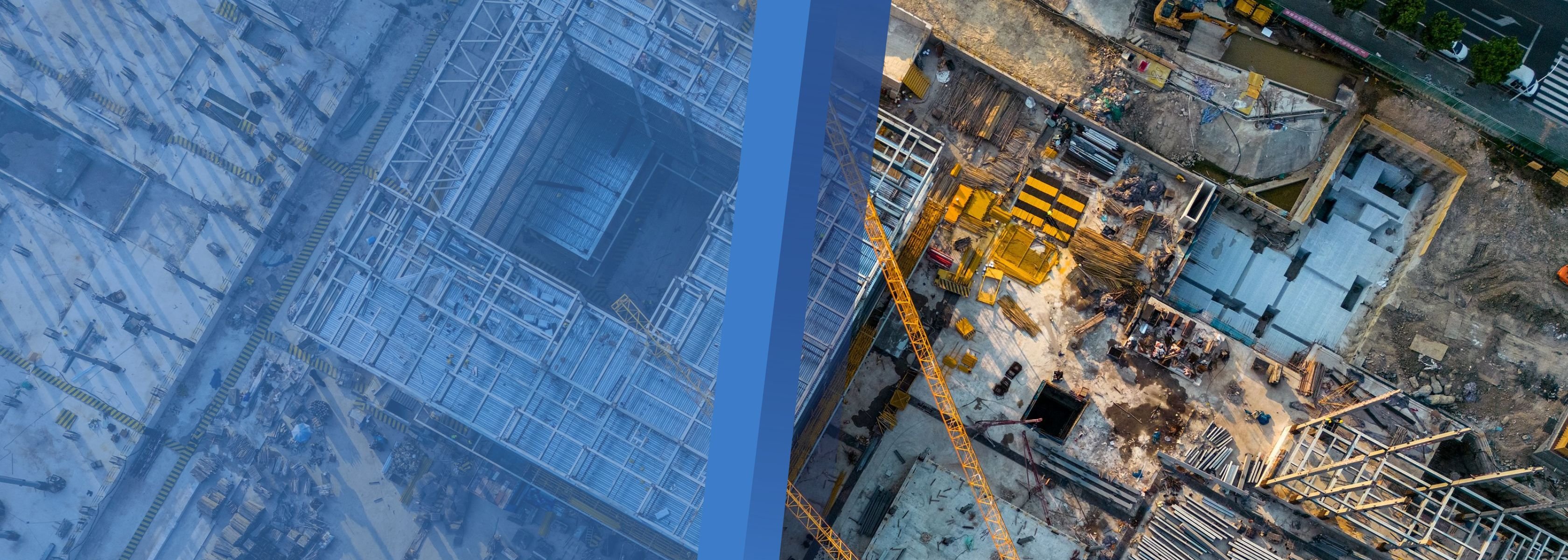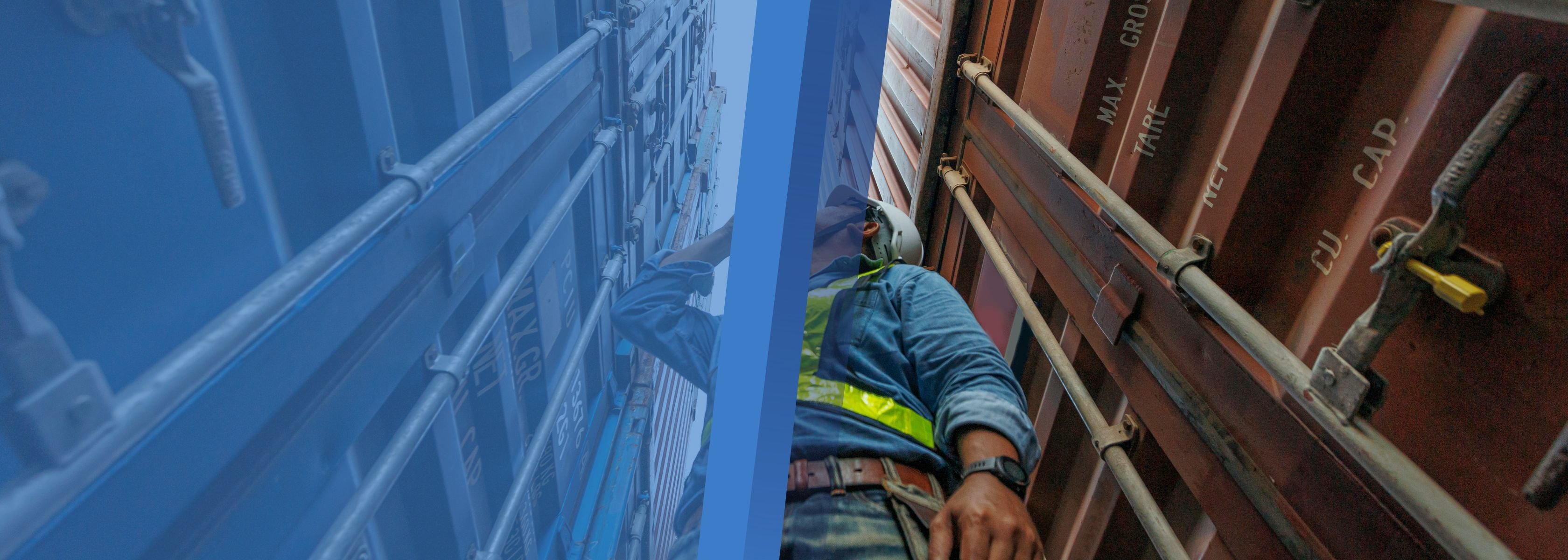Market Updates
In 2024, the aviation industry will likely see a leveling of rates with favorable relief for insurance buyers. Factors that will continue to affect aviation insurance include pilot experience, loss history, and inflation — all of which determine client outcome.
While catastrophic air crashes are now far less frequent than have been reported over the last twenty-five years, the costs of repairs and parts have increased. Also, the overall cost to defend and settle third-party lawsuits has risen. These increased costs are impacting underwriters’ bottom line, which continues to put pressure on rates and premiums. Settlements that may have cost $1 million in the past are now pushing into eight-digit figures.
Reflecting on the aviation insurance market over the last five years, there have been large rate increases, withdrawal of limits or coverage, and new or increased deductibles. Rates are beginning to stabilize, and for early 2024, we expect to see this same stabilization. Ongoing supply chain constraints on aircraft parts and engines will continue into 2024, with some increased production for certain aircraft models. This will help with customer backorders, aircraft delivery expectations, and restoration of manufacturers’ cash flow. The length of time to obtain parts will still negatively impact some of the ancillary coverages offered in the aviation insurance policy, such as rental costs for temporary replacement parts, substitute aircraft, and so on. These ancillary coverages, which are often provided at no additional cost, are also driving up underwriter claims costs.
Given some aviation exposures are worldwide and combined with the unpredictable nature of international conflicts, the industry is also affected collectively when events occur. A prime example is the current Russia/Ukraine conflict. After 400+ Western-owned airplanes were confiscated in Russia following U.S. sanctions in 2022, aviation leasing firms sued insurers writing war coverage over war claims. As a result, aviation war hull rates increased around 5% on average in 2023, and war liability rates also increased. Additionally, insurers are now paying close attention to Israel/Gaza and the Middle East. There is chatter in the industry that war hull and liability rates may increase again in early 2024.
Market capacity is strengthening, and carriers are beginning to qualify more risks for consideration. Single-pilot operations for more complex aircraft and jets are slowly reappearing, but underwriters want highly experienced pilots operating the aircraft. Owner/pilot limits are capped on hull and liability by some markets, but excess liability options are more readily available to expand on the primary limit.
The pilot and mechanic deficit improved slightly in the past year for airlines as they partnered with training facilities and universities across the country. However, training for general aviation pilots continues to suffer due to lack of training sites, classroom capacity, and instructors, causing delay and lengthy wait lists. The only way to assure a slot for renewal training is to schedule at least one year out. While underwriters require the training, they are also aware of the backlog. If you find yourself on a waiting list and you’re due for training, contact your underwriter for an extension. With the constraints on training, we are seeing the larger training centers begin to expand their capacity.
The shortage of pilots, mechanics, and controllers is also a serious problem and could impact safety on the runway or in the air. In the last two years, we’ve seen an increase in the number of aviation incidents causing catastrophic losses on the ground and in the air. As stated above, underwriters are looking for experienced pilots, so we suggest going above and beyond training requirements outlined in the open pilot warranty. As airline pilots reach their mandatory retirement age, a number of them could find their way to commercial operators and corporate fleets, relieving the strain on pilot capacity.
Aviation fuel costs have stabilized, but the industry continues to warn of higher jet fuel costs as crude prices rise. Fuel remains one of the highest costs to operate an aircraft.
Coverage Considerations
New capacity: Continuing into 2024, there is new aviation insurance presence, promoting new appetite, market share, and market capacity. Existing markets are also increasing market share and appetite, or at least working to preserve it, which results in a more favorable insurance buying environment for clients.
High premiums for new aircraft: While rates remain mostly stable by comparison to previous years, new aircraft deliveries result in premium increases. The values associated with the new aircraft (average $70 million) are highly attractive to insurers and brokers.
Pilot Training: Choosing a flight school approved by the underwriters and accruing additional flight experience may help you achieve better rates. When in doubt, come prepared to discuss your plans to build experience and consult with an aviation insurance broker. They can provide invaluable insights and recommendations based on your circumstances and needs.
In summary, aviation is a resilient industry since aircraft will remain in the stream of commerce for a very long time.
Rate Forecast |
||
| Aviation — All Lines: | +5% to +25% | |
Explore the Report
The contents of this report are for general informational purposes only and Risk Strategies Company makes no representation or warranty of any kind, express or implied, regarding the accuracy or completeness of any information contained herein. Any recommendations contained herein are intended to provide insight based on currently available information for consideration and should be vetted against applicable legal and business needs before application to a specific client.









